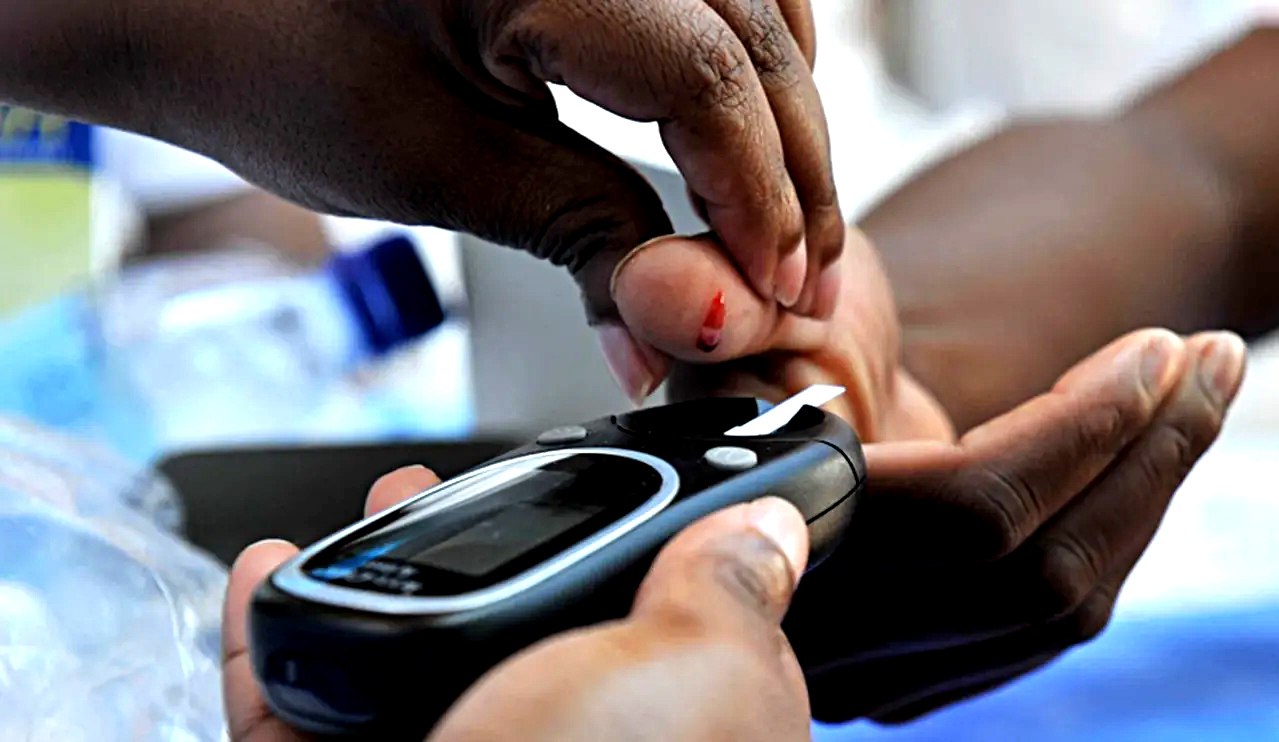Diabetes mellitus is a ticking time bomb in South Africa, and the most vulnerable groups are bearing the brunt of this epidemic. It is the most common cause of non-traumatic limb amputation in South Africa. Six in every 100 people in South Africa have a diabetic foot ulcer. The rate of amputation of a diabetic foot is estimated at more than 80% in the public sector. More than half of those who have amputations due to diabetic foot ulcers die within four years of the procedure. In South Africa, most amputees come from poor socioeconomic backgrounds.
The prevalence of diabetes is estimated at 12% of the adult population in South Africa. In 2020, diabetes was the second-leading cause of mortality in the country. More than 80% of the population access services in the public sector, which covers the most vulnerable population. Current evidence shows that more than 80% of people with diabetes in the country do not receive care, and present late with complications which may require amputation.
Diabetes is not only burdening the most vulnerable, but it is also costing South Africa a lot. In 2018, the cost of treating diabetes in the public sector was estimated at R2.7-billion. If all cases were to be diagnosed and treated, it would be R21.8-billion which would increase to R35-billion in 2030. Nearly 50% of these costs are attributable to complications.
In 2014, the cost of diabetic foot amputation was estimated at R213-million for 660 patients in one hospital in KwaZulu-Natal. This adds up to R68-billion across all provinces. Socioeconomic costs, which include loss of income, medical costs, pain and suffering, were estimated at R5-million per amputee.
A substantial body of literature has shown a link between high intake of sugar-sweetened beverages (SSBs) and noncommunicable diseases (NCDs) such as diabetes mellitus as well as cardiovascular disease. In low- and middle-income countries, consumption of SSBs has risen rapidly in line with the rising burden of NCDs. Similarly, consumption of SSBs has increased in the most vulnerable groups. Vulnerable groups of low socioeconomic status consume SSBs because they are often cheaper and more accessible than healthier alternatives. SSBs are also heavily advertised to people of low socioeconomic status.
 When it comes to good health, sugary drinks are bad news. Scientists working in this field agree that regularly consuming sugar-sweetened beverages – such as fizzy sodas, juice drinks with added sugar and energy drinks – is a major driver of obesity and chronic, noncommunicable diseases such as type 2 diabetes. (Photo: sustainweb.org / Wikipedia)
When it comes to good health, sugary drinks are bad news. Scientists working in this field agree that regularly consuming sugar-sweetened beverages – such as fizzy sodas, juice drinks with added sugar and energy drinks – is a major driver of obesity and chronic, noncommunicable diseases such as type 2 diabetes. (Photo: sustainweb.org / Wikipedia)
In close to 100 countries around the globe, including South Africa, SSB taxes have been shown to reduce consumption of SSBs, thus decreasing the risk of diabetes. Detractors of the tax argue that the most vulnerable suffer most from the tax. The most vulnerable, however, suffer the most from diabetes-related amputations, blindness as well as kidney failure. In low- and middle-income countries such as South Africa, diabetes-related complications create a poverty cycle that disables productivity.
Preventing obesity and diabetes in these groups is therefore key since these groups have limited access to diabetes services, which results in complications. The SSB tax, known as the Health Promotion Levy (HPL) in South Africa has been shown to reduce sugar intake from SSBs in studies conducted in Cape Town and Johannesburg.
Read more: Balancing act: Will South Africa’s sugar tax survive amid industry pressure and health concerns?
Modelling studies have also shown that in the long term, the HPL will reduce diabetes incidence, particularly among people in the low-income groups. These studies have also shown that reduction in SSB consumption will avert many new cases, which will reduce the overall prevalence of diabetes.
 Current evidence shows that over 80% of people with diabetes in South Africa do not receive care, and present late with complications which may require amputation. (Photo: iStock)
Current evidence shows that over 80% of people with diabetes in South Africa do not receive care, and present late with complications which may require amputation. (Photo: iStock)
South Africa can therefore not shy away from implementing health policies that are progressive and aim to protect the most vulnerable in our communities. Based on economic theory, the government must intervene whenever markets fail to control the sale of goods that have fewer benefits than consumers perceive. Many consumers are not aware that SSBs offer lower nutritional value while promoting weight gain due to their rapid absorption. They are also not aware that high consumption of SSBs is one of the main risk factors for chronic diseases such as diabetes.
The HPL can therefore be used to improve health outcomes, reduce healthcare costs, mobilise revenue and increase productivity. In other countries, such as Thailand, revenue mobilised from such taxes is used for health promotion, knowledge generation, social mobilisation and policy advocacy. For South Africa, this revenue could also be used to improve access to healthcare services which have been shown to be poor among those living with diabetes.
The question therefore is: Should the most vulnerable groups be encouraged to consume SSBs at the expense of their legs and other vital organs? DM
Dr Evelyn Thsehla is a health economist and the research director and the SAMRC/Wits Centre for Health Economics and Decision Science – PRICELESS SA.




 Current evidence shows that over 80% of people with diabetes in the country do not receive care, and present late with complications which may require amputation.
(Photo: iStock)
Current evidence shows that over 80% of people with diabetes in the country do not receive care, and present late with complications which may require amputation.
(Photo: iStock)